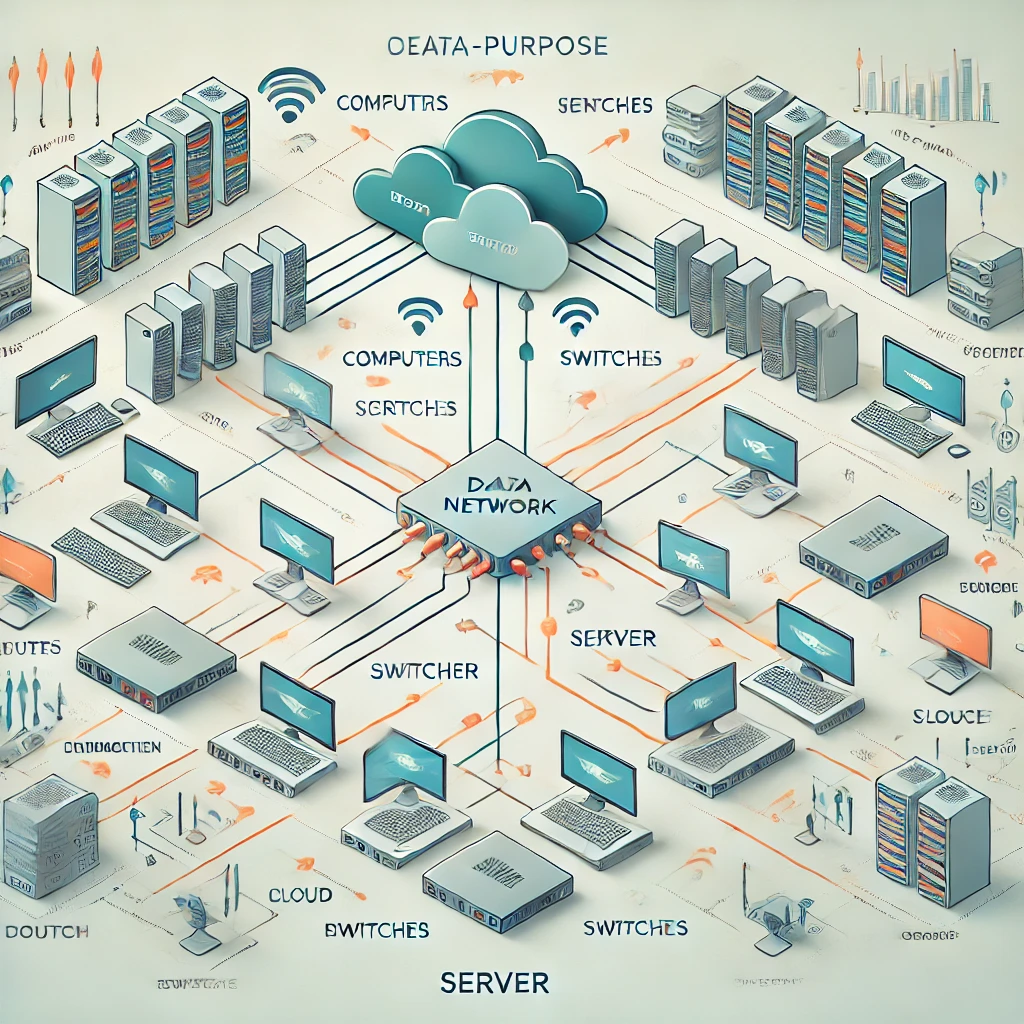Starlink Satellites and Internet Services

Categories:
5 minute read
In recent years, the landscape of internet connectivity has undergone a significant transformation, primarily due to advancements in satellite technology. One of the most notable players in this arena is Starlink, a satellite internet constellation developed by SpaceX, founded by Elon Musk. Starlink aims to provide high-speed internet access globally, particularly in underserved and remote areas where traditional internet infrastructure is lacking. This blog post delves into the workings of Starlink satellites, their services, and their impact on global connectivity.
What are Starlink Satellites?
Starlink satellites are part of a low Earth orbit (LEO) constellation designed to deliver broadband internet services. Unlike traditional geostationary satellites that orbit approximately 22,236 miles above the Earth, Starlink satellites operate at altitudes ranging from 340 to 1,200 kilometers (about 211 to 746 miles). This proximity significantly reduces latency and enhances data transmission speeds, making it possible for users to experience internet connectivity comparable to terrestrial options like cable or fiber optics[1][3].
Key Features of Starlink Satellites
Low Earth Orbit: The LEO positioning allows Starlink satellites to transmit data with lower latency—typically between 20 to 40 milliseconds—compared to geostationary satellites that can have latencies exceeding 600 milliseconds[2][3].
Large Constellation: As of now, there are thousands of Starlink satellites in orbit, with plans for many more. This extensive network ensures robust coverage and redundancy[1].
Continuous Upgrades: SpaceX has the unique capability to launch its own satellites frequently and cost-effectively, allowing for continuous updates and improvements in technology[7].
How Starlink Internet Works
Starlink’s internet service operates through a combination of satellite technology and ground infrastructure. Users need a Starlink terminal—often referred to as “Dishy”—which includes a satellite dish and a Wi-Fi router. The installation process is designed for simplicity:
Plug it in: Connect the terminal to power.
Point at the sky: Position the dish for an unobstructed view of the sky using the Starlink app for guidance. Once set up, the terminal communicates with the satellites overhead, which relay data back to ground stations connected to the broader internet network[4][5].
Internet Service Plans
Starlink offers various service plans catering to different user needs:
Residential Service: Priced around $120 per month with an initial hardware cost of approximately $599. This plan provides unlimited data with speeds ranging from 50 Mbps to 220 Mbps depending on location and network congestion[2][3].
Starlink for RVs: This plan allows users to take their service on the road but may experience deprioritized speeds compared to fixed-location users.
Starlink Maritime: Designed for vessels at sea, offering speeds up to 350 Mbps but requiring a more expensive terminal and monthly fee[2][5].
Advantages of Using Starlink
Starlink’s innovative approach offers several advantages over traditional internet providers:
Global Coverage
Starlink aims to provide internet access in areas where conventional services are either unavailable or unreliable. According to recent reports, it is available to approximately 99.6% of U.S. households, making it one of the most accessible providers in rural regions[3][5].
High-Speed Connectivity
Users can expect download speeds typically between 100 Mbps and 200 Mbps, which is significantly higher than many other satellite providers like HughesNet or Viasat that cap out around 25 Mbps to 150 Mbps[3][5]. This makes Starlink particularly appealing for activities such as streaming video or online gaming.
Low Latency
The reduced latency associated with LEO satellites makes Starlink suitable for applications that require real-time communication, such as video conferencing and online gaming—areas where traditional satellite services often fall short due to delays[3][4].
Emergency Response Capability
Starlink has proven invaluable during emergencies. For example, during the ongoing conflict in Ukraine, Starlink terminals were deployed rapidly to support communications when traditional infrastructure was compromised. The ability to set up service quickly in disaster-stricken areas showcases its potential as a reliable resource in crises[1][5].
Challenges and Limitations
Despite its many benefits, Starlink faces several challenges:
High Initial Costs
The upfront cost for equipment can be a barrier for some users. While the monthly subscription is competitive compared to other satellite services, the initial investment may deter potential customers[5][6].
Network Congestion
As more users subscribe to Starlink’s services, network congestion can lead to slower speeds during peak times. A study indicated that average download speeds dropped from over 100 Mbps in late 2021 to about 67 Mbps by early 2023 due to increased subscriptions[3][5].
Environmental Concerns
The proliferation of satellites raises concerns about space debris and its impact on astronomical observations. The bright trails left by Starlink satellites can interfere with ground-based telescopes and other observational equipment[1][2].
Future Developments
Looking ahead, several exciting developments are on the horizon for Starlink:
Direct-to-Cell Service
In partnership with T-Mobile, SpaceX plans to offer direct cellular service via its satellites starting in 2024. This will allow users in remote areas without cellular coverage to send texts and make calls using existing mobile devices[2][3].
Enhanced Speeds and Capacity
As more advanced satellites are launched into orbit, users can expect improvements in speed and capacity. The introduction of newer generations of satellites is anticipated to bolster performance even further[1][7].
Conclusion
Starlink represents a significant leap forward in satellite internet technology, providing high-speed connectivity where it was previously unavailable or unreliable. Its innovative use of low Earth orbit satellites allows for reduced latency and improved service quality compared to traditional satellite providers. While challenges remain—such as high initial costs and environmental concerns—the potential benefits make Starlink an attractive option for many users worldwide.
As technology continues to evolve and expand, it will be fascinating to see how Starlink adapts and grows within the ever-changing landscape of global internet connectivity.
Citations: [1] https://www.space.com/spacex-starlink-satellites.html [2] https://en.wikipedia.org/wiki/Starlink [3] https://www.cnet.com/home/internet/starlink-internet-review/ [4] https://www.starlink.com/residential [5] https://www.satelliteinternet.com/providers/starlink/ [6] https://www.starlink.com [7] https://www.starlink.com/technology [8] https://www.starlink.com/satellites
Feedback
Was this page helpful?
Glad to hear it! Please tell us how we can improve.
Sorry to hear that. Please tell us how we can improve.